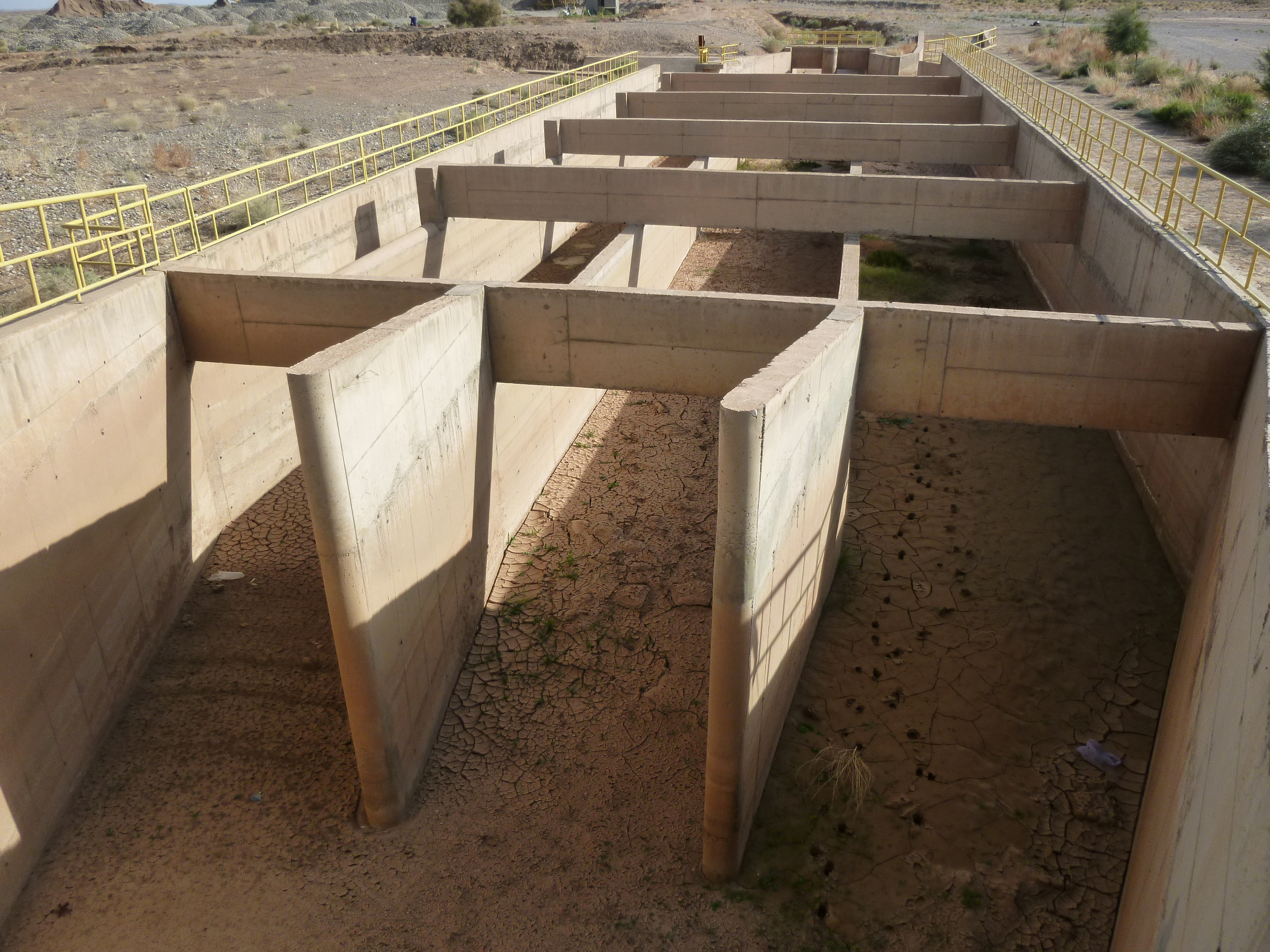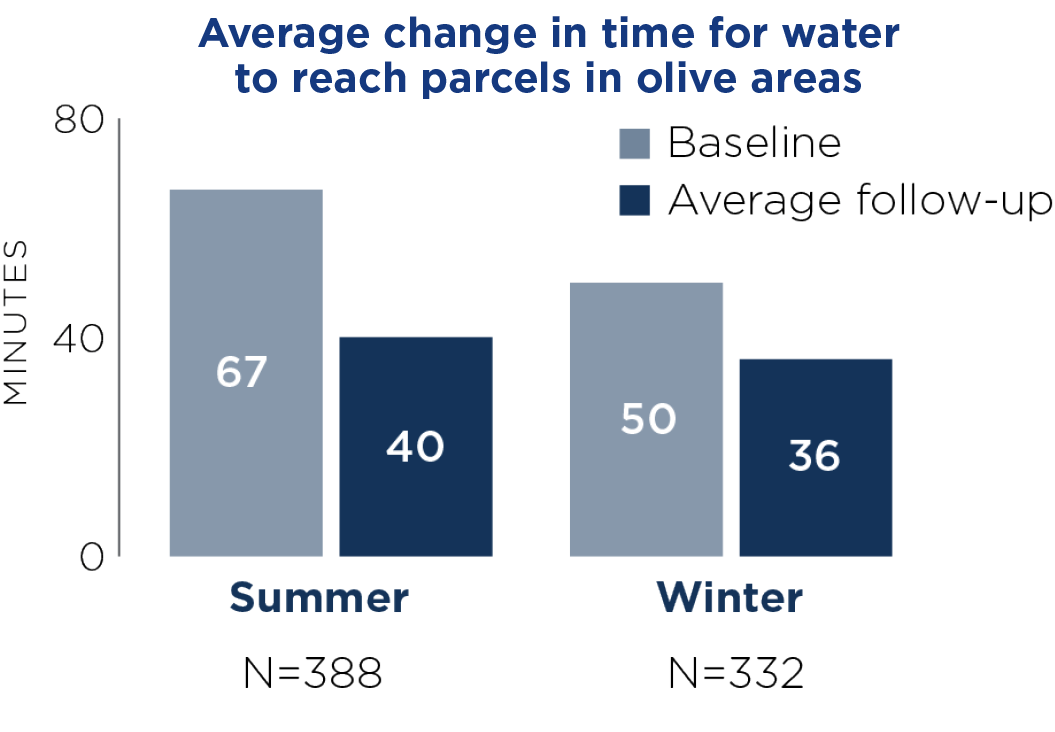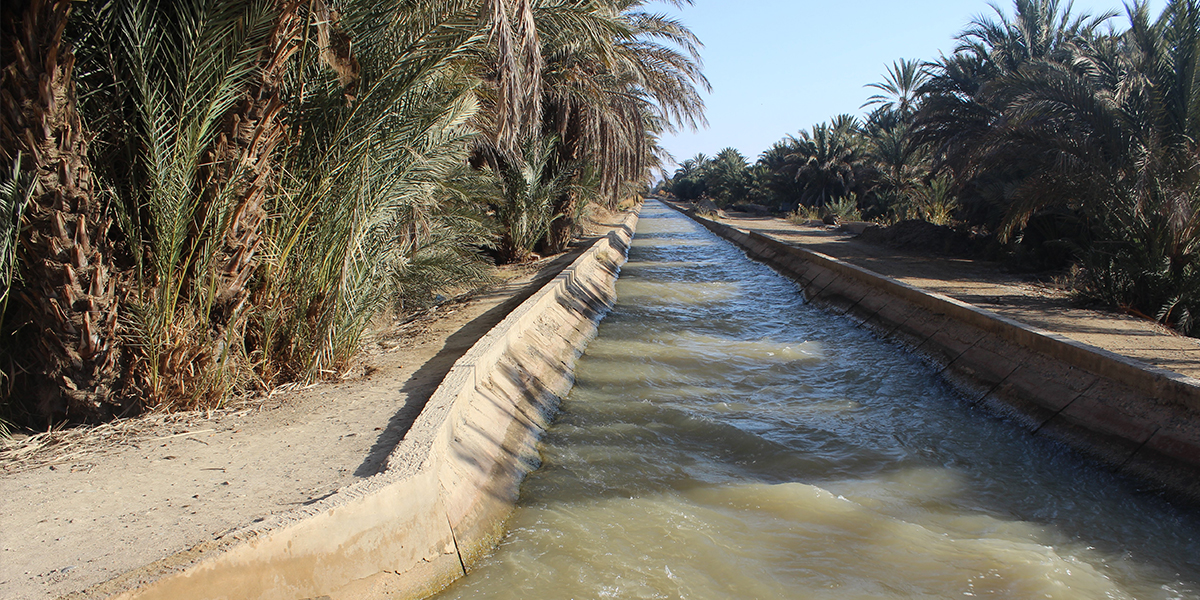Program Overview
MCC’s $650 million Morocco Compact (2008-2013) funded the $324 million Fruit Tree Productivity Project (FTPP), which included the Olive and Date Tree Irrigation and Intensification activities. These activities upgraded irrigation infrastructure, supported water user associations, established date processing units, and provided technical assistance to value chain actors. They aimed to improve the efficiency of water use and other crop practices in order to enhance the yield and profitability of olive and date production.
Evaluator Description
MCC commissioned Mathematica to conduct an independent final performance evaluation of these activities. Full report results and learning: https://data.mcc.gov/evaluations/index.php/catalog/202.
Key Findings
Irrigation infrastructure
- The irrigation improvements were generally of high quality and are mostly still in good condition.
Support for water user associations
- Most water user associations supported by the project have become inactive, as project-funded infrastructure has not required much regular maintenance and irrigation management is largely still handled by traditional associations.
Complementary interventions
- Most farmers did not attend project training, and not all who attended adopted the new techniques because of financial constraints and other barriers.
- Many date-processing units do not operate at high enough capacity to cover their costs because farmers are reluctant to sell dates to them.
Effects on farmers
- The improved infrastructure led to substantial reduction in the resources required for maintenance, made it quicker and easier for farmers to irrigate, and increased the volume of water reaching farmers’ parcels.
- Yields, revenues, and profits declined in olive-producing areas, but significantly worse climate conditions at endline make attribution of the project’s impacts difficult.
Evaluation Questions
The final performance and impact evaluation answered questions on organizational change and procurement outcomes. Some of these questions were:
- 1
Are farmers sustainably managing, maintaining, and operating the infrastructure put in place by the project? - 2
Are water user associations that were supported by the project functional and meeting regularly? - 3
What is the perceived value of the modern processing units in date areas and what factors determine the success of these units? Are these processing units likely to be sustainable in the long run? - 4
Have water use and crop patterns changed noticeably as a result of the investments in irrigated olive and date areas? - 5
How have the activities changed production volume, yields, prices received, and revenues from olives and dates? - 6
How have the activities changed total agricultural revenues and net farm profits?
Detailed Findings
These findings build upon the Morocco Rain-fed sub-activity final evaluation published in 2015.
Irrigation infrastructure

Diversion weir for capturing floodwater
There was strong consensus among stakeholders that the irrigation infrastructure improvements were of high quality, and that the infrastructure was still in good condition five years after the end of the project. The high construction standards followed during the project raised the standards for similar infrastructure projects in Morocco, and other entities have emulated them.
Support for water user associations
The project required the areas served by the improved infrastructure to have legally recognized water user associations. Where these associations existed, the project renewed their boards, and where they did not exist, the project established them. Despite the support provided to these legally-recognized associations, farmers continue to interact principally under the structure of traditional associations, which continue to manage irrigation in most areas. Most of the water user associations supported by the project have become inactive, largely because the project-funded infrastructure has not required much regular maintenance, and there have not been other major government works requiring the associations’ engagement.
Complementary interventions
Only a minority of farmers in irrigated olive- and date-producing areas attended project-funded training on technical management of olive and date crops. Most of those who attended did not apply the new training techniques, largely because of financial constraints, low levels of literacy, and resistance on the part of farmers to start practicing unfamiliar techniques.
Most of the new date processing units—designed to store dates in refrigerators, package them, and commercialize them—were operating well below capacity. Farmers have generally been slow to sell their dates to the units because they can get money more easily and quickly by selling their unprocessed dates immediately after the harvest. Maintaining the units at low capacity is not profitable, mainly because of the cost of electricity required to run the refrigerators. To be sustainable, the units need to improve the commercialization and marketing of dates to make it attractive for farmers to sell their dates to them.
Effects on farmers

There has been a substantial decrease in infrastructure maintenance needs since the project was completed, which has saved farmers substantial time, effort, and money. Water now reaches farmers’ parcels substantially faster and in higher volume through concrete infrastructure because it is no longer absorbed by the ground on its way from the source. There is some evidence of changes in water use patterns, with farmers now able to irrigate multiple areas in the same irrigation cycle, and of increased specialization in olives and dates since the end of the project.

On average, farmers in olive areas did not experience significant changes in olive yields, agricultural revenues, or farm profits as a result of the project. The main reason was worsening climatic conditions, especially reduced precipitation, which depleted the water sources in some areas and limited the increase in water availability.
In date areas (not reflected in Figure at right), there was some qualitative evidence of positive effects on yields, revenues, and profits, although these effects varied substantially. The largest positive effects were experienced by farmers who lived in areas where availability of irrigation water substantially increased and who also applied new techniques for producing, harvesting, and packaging dates.
MCC Learning
Delivery of high quality of infrastructure doesn’t happen on its own. MCC’s due diligence and oversight model had positive effects on the standards of other infrastructure projects in the country, highlighting the importance of MCC’s continued investment in active oversight and partnering with governments to improve quality assurance.
Climate change, seasonality and the particularities of microclimates make attribution difficult. It’s hard to understand the attributable impacts of program investments in agriculture interventions without adequate comparison groups. MCC is addressing this lesson by investing in measurement innovations such as piloting remote sensing for measuring land use and agricultural production.
Well-functioning institutions are essential to the long-term success of irrigation projects. Although the Project introduced elements of formal legal structures to the traditional WUAs, these structures have not endured, and farmers continued to rely on traditional associations, highlighting the importance of existing institutions as a backstop for long-term sustainability.
Evaluation Methods

This mixed-methods final performance evaluation was conducted several years after the end of the compact. It included two complementary studies. A qualitative study in irrigated olive and date areas drew on interviews and focus groups conducted with farmers, water user association leaders, local Ministry of Agriculture offices, and the leaders of the new date processing units in 2018, about five years after the end of the project.
A quantitative pre-post-study complement the qualitative study by providing estimates of the changes in farmer-level outcomes. It drew on data collected from farmers in 15 of the 65 targeted irrigated olive areas in 2010 (before the improvements to the irrigation infrastructure were finished) and in 2017 and 2018 (between four and six seasons after the finished, depending on the area).
2020-002-2360


